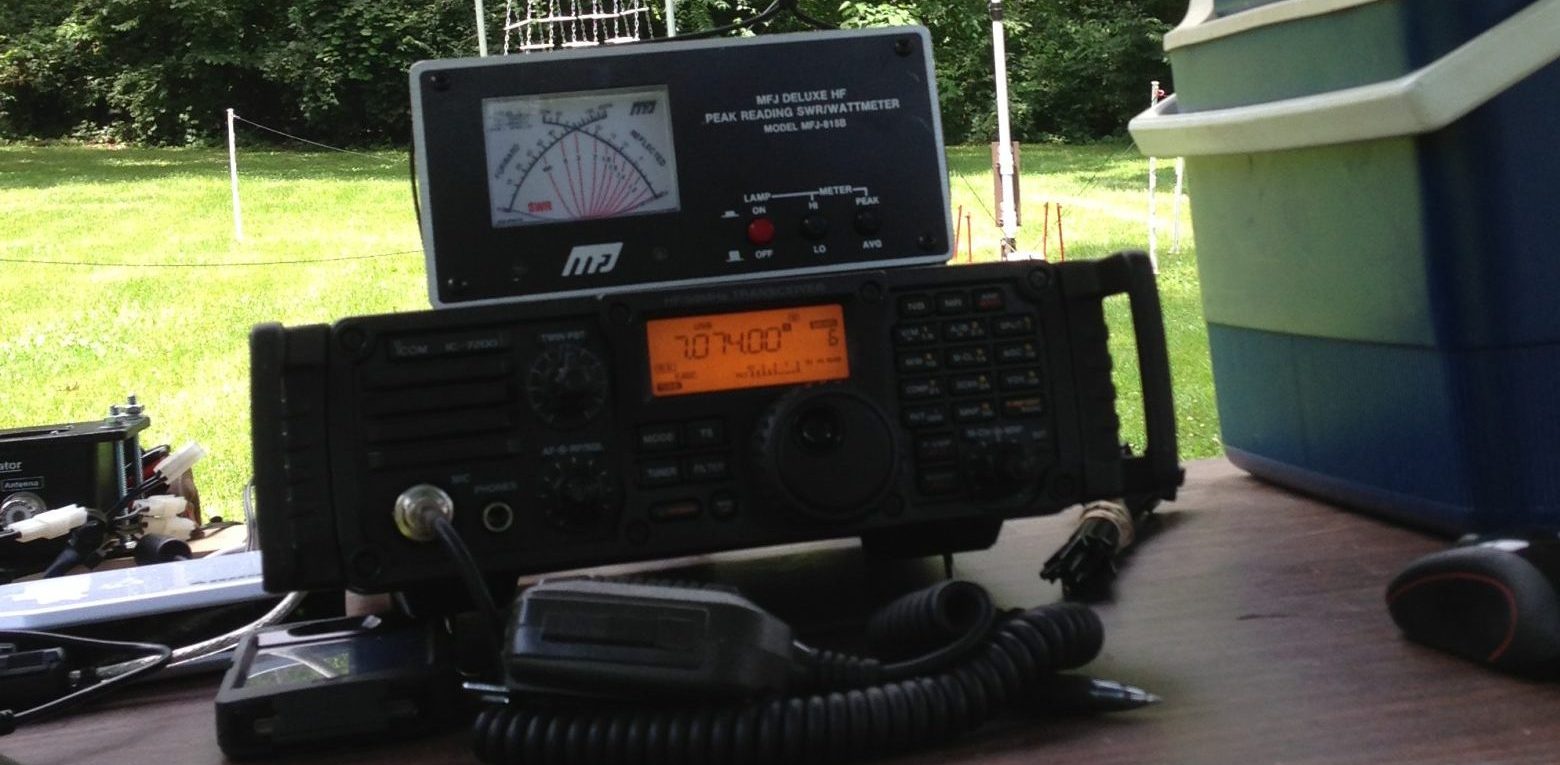These controls seem to be a mystery to many. While I’ll admit I may not understand or explain them well, this is what I’ve been told, read, and experienced over the years of operating.
RF Gain
Allows users to adjust the sensitivity of their radios, allowing them to pick up weak signals and reduce interference from strong ones. If you have a high noise floor turning down the RF Gain will improve the signal to noise ratio allowing you to hear signals while lowering the noise.
Preamp
ON only if noise level on the band is below S1. Typically the preamp is only needed on bands above 20M. I’ve been told that if your noise floor doesn’t go up when you connect the antenna then you should turn on your preamp.
Attenuator
On if noise level can not be easily reduced down to S1 using the RF Gain knob. The attenuator prevents a received signal from becoming distorted when a very strong signal is near the frequency it can also help when the noise floor is extremely high.
Suggested Use
(At least for the ICOM IC-7300 SDR Radio) Adjust the noise (a spot where you hear no signals only noise) to S1, signals should jump right out at you. The radio will definitely be less tiring for you to listen too.
Update I tried the suggested use instructions for ARRL Field Day 2023. These suggestions did make signals much more visible in the waterfall and also greatly improved the Signal to Noise Ratio in my headset. I much preferred the lower noise. I did have the opportunity to try these instructions on a non-sdr radio and found as I turned down the RF Gain the S Meter would increase to show me the noise floor I was hiding or eliminating. It still made the radio more comfortable to operate for long periods.
